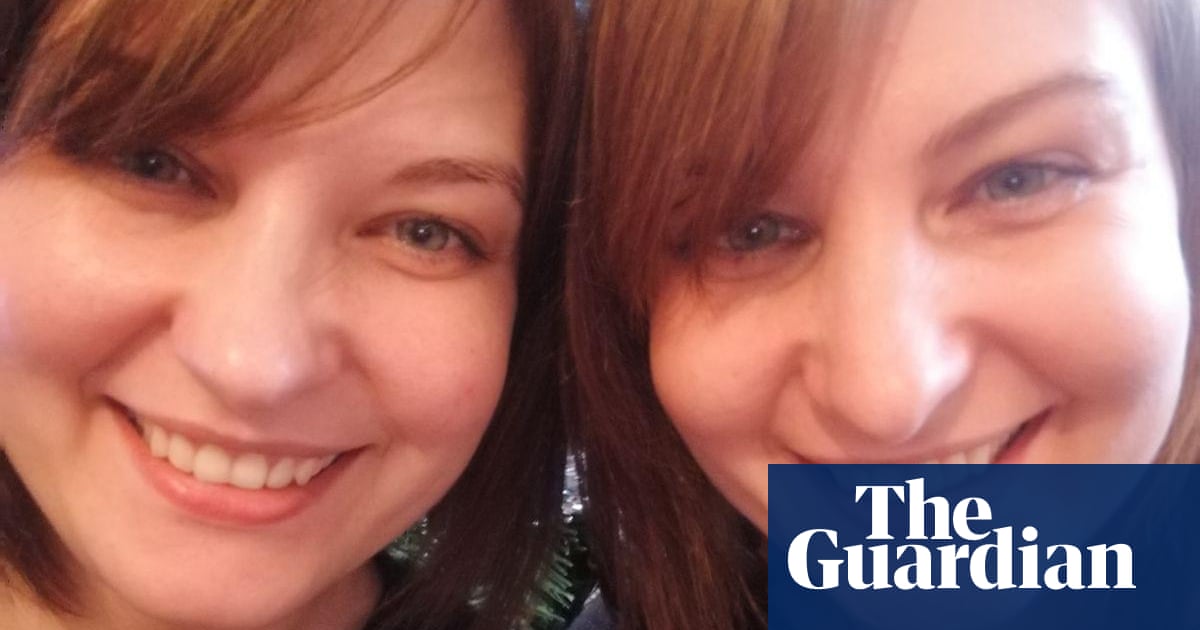
Inga Rublite was on a break at work when she came down with a sudden headache. Less than 24 hours later, she lay dying on the floor of an overcrowded A&E waiting room under a coat, hidden in plain sight. The sequence of events that led up to her death show an NHS under strain and the risk of patients falling through the cracks.
19 January: 12pm
Rublite is on a video call to her twin sister, Inese Briede, who lives in their home country of Latvia, when she is suddenly struck by a headache she likens to being “hit by a brick”. She finishes her shift at the Nottingham warehouse where she works distributing uniforms before going to her home nearby and sleeping for around five hours.
8.53pm
After reporting to her sister that she still feels unwell, Rublite calls 111 for advice. She reports a severe headache, neck and jaw pain, high blood pressure and blurry vision during the one-minute conversation. She is told that someone will call her back for more information.
9.45pm
A clinician calls Rublite back and she reports the same symptoms. After the 11-minute call, she is advised to make her way to A&E. She calls for an ambulance but is told the wait will be several hours, so she contacts her neighbour and friend, Rasa Balzonyt, who drives her there.
10.39pm
Rublite arrives at the Queen’s Medical Centre (QMC) A&E with her friend, and is triaged by a nurse during a three-minute assessment. The department is overcrowded and struggling with staffing issues. There is no senior doctor available to assess Rublite’s case as they have been diverted to deal with patients being offloaded from ambulances queuing outside. She is told to sit in the waiting room for further assessment, and no CT scan is requested.
20 January: 2.07am
Rublite should have had observations taken at around 1am, but due to the crowded waiting room (there were 61 patients awaiting treatment that night) this does not happen until after 2am. She reports her pain as severe, compared with mild when she arrived, and her heart rate has increased. By this time, her friend has had to return home, so Rublite is alone.
4.30am
Rublite’s name is called by staff, probably for further observations. She does not respond.
5.26am
Her name is again called by staff in the waiting room. She does not respond.
6.50am
Rublite’s name is again called by staff in the waiting room, and when she does not respond for a third time, they call her mobile phone (though Briede has since claimed there is no missed call on her sister’s phone from this time). When staff are still unable to locate her, she is discharged from the hospital system as it is assumed she has gone home.
7am
Staff arriving at the A&E department for the morning shift discover Rublite slumped on the floor in front of a chair with a coat covering her face. She is unresponsive, has vomited and has recently had a seizure. She is taken to the resuscitation department where it is discovered she suffered a brain haemorrhage, and she is prepared for surgery.
12pm
Rublite’s family are told that her condition has deteriorated to the extent that it is no longer possible to operate. The bleeding on her brain is too severe and it is unlikely she will survive, they are told.
22 January – 10.24am
Brainstem tests on Rublite conclude that her brain has sustained irreversible damage that is not survivable, and she is declared dead.












